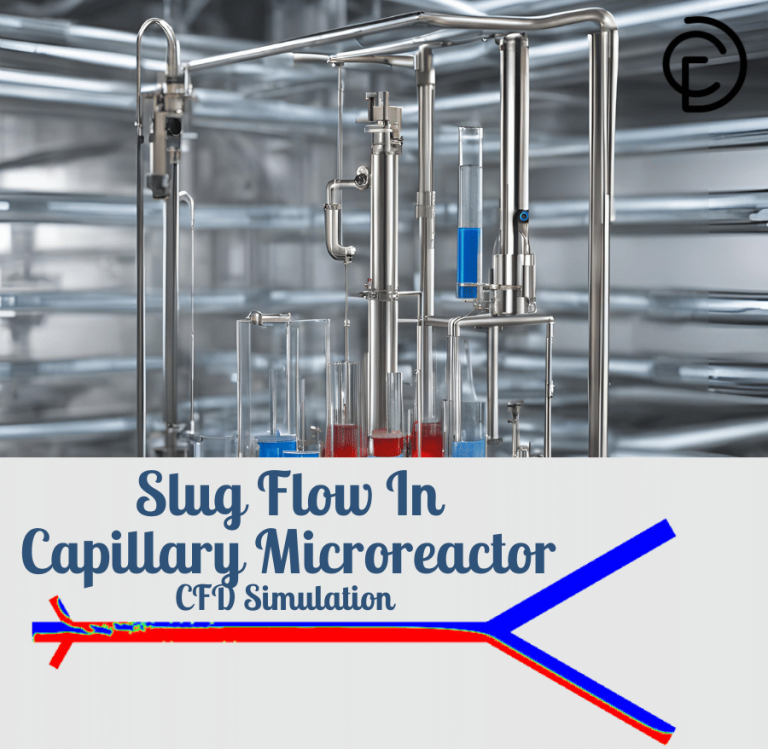Water Entry of Dimpled Sphere CFD Simulation – Dynamic Mesh, ANSYS Fluent Training
Water Entry of Dimpled Sphere CFD Simulation – Dynamic Mesh, ANSYS Fluent Training
- Upon ordering this product, you will be provided with a geometry file, a mesh file, and an in-depth Training Video that offers a step-by-step training on the simulation process.
- For any more inquiries regarding the product, please do not hesitate to reach out to us at info@CFDLAND.com or through our online support assistant.
€260 Original price was: €260.€135Current price is: €135.
- The entry of a dimpled sphere into water is an interesting example of how fluid dynamics and surface contact combine. It gives us new ways to think about how things behave when they go through a liquid surface. In many common applications and studies, the smooth sphere is tested. However, in a novel study conducted by Dr.Akbarzadeh, they scrutinized the flow dynamics of dimpled spheres experimentally. The reference paper is titled “Experimental investigation of water entry of dimpled spheres [1]”.
- Reference [1]: Shokri, Hossein, and Pooria Akbarzadeh. “Experimental investigation of water entry of dimpled spheres.” Ocean Engineering 250 (2022): 110992.
![: T he role of dimples on the air cavity formation [1]](https://cfdland.com/wp-content/uploads/2024/08/Picture4.jpg)
Figure 1: T he role of dimples on the air cavity formation [1]
Simulation Process
A column-shaped domain is primarily designed by Design Modeler. A specific region splited from the other to generate denser mesh, where the collision of dimpled sphere and water takes place. A Structured grid established from 105000 elements produced by ANSYS Meshing. However, the mesh needs to be refined in contact regions during the fall. This problem is addressed by employing Mesh adaption technique. The proper integration of the Six-DOF Dynamic Mesh module and overset interfaces provides efficient modeling. Needless to say, the presence of two fluids means activation of Multiphase module. In the current study, Volume of Fluid (VOF) model is taken.
Post-processing
It`s time to analyze the modeling results of a dimpled sphere entering water. The volume fraction of phase one shows that the sphere has partly broken through the water’s surface, making a clear pressure gradient near it. It’s easy to see the pressure difference; areas with greater pressure (shown by green and yellow) are grouped together directly below the sphere, while areas with lower pressure (shown by blue hues) are all around it. Notably, The sphere’s dimples seem to change the way the fluid interacts with it. The pressure contour shows that the change from high to low pressure around the sphere happens more slowly than what you might expect from a smooth sphere. This could mean that the dimples are creating a turbulent boundary layer, which could delay the split of the flows and lower the total drag. The splash pattern isn’t fully shown in this still picture, but it seems less noticeable than smooth spheres, suggesting that the energy loss during impact was different.
We pride ourselves on presenting unique products at CFDLAND. We stand out for our scientific rigor and validity. Our products are not based on guesswork or theoretical assumptions like many others. Instead, most of our products are validated using experimental or numerical data from valued scientific journals. Even if direct validation isn’t possible, we build our models and assumptions on the latest research, typically using reference articles to approximate reality.
Yes, we’ll be here . If you have trouble loading files, having technical problems, or have any questions about how to use our products, our technical support team is here to help.
You can load geometry and mesh files, as well as case and data files, using any version of ANSYS Fluent.
€235 Original price was: €235.€175Current price is: €175.

€140 Original price was: €140.€105Current price is: €105.

€190 Original price was: €190.€165Current price is: €165.

€240 Original price was: €240.€155Current price is: €155.

€155 Original price was: €155.€99Current price is: €99.




















Reviews
There are no reviews yet.